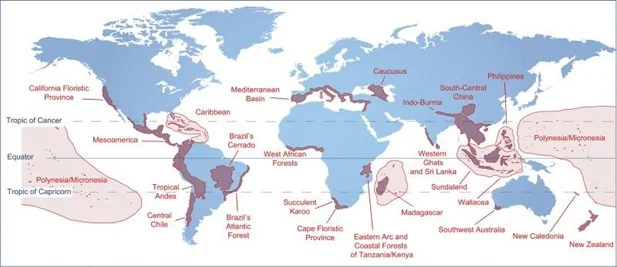Answer:
| Approach:
Introduction
- Brief about Monsoon climate.
Body
- Describe the Characteristics of monsoon climate.
Conclusion
- Conclude your answer with a futuristic approach.
|
Introduction:
Monsoon climate is a distinct climate pattern that prevails in several regions across the world. This climate is characterized by seasonal changes in wind patterns, which result in alternating wet and dry seasons. The monsoon climate plays a crucial role in supporting agricultural production and food security, particularly in monsoon Asia, where over 50% of the world’s population resides.
Body:
Characteristics of monsoon climate:
- Seasonal rainfall: One of the defining features of monsoon climate is the seasonal rainfall patterns. During the wet season, which typically lasts from June to September, monsoon Asia experiences heavy rainfall, which can be as high as 90% of the region’s annual precipitation. This rainfall is critical for supporting agricultural production and replenishing water resources, which are essential for food security.

- The monsoon climate in India is characterized by distinct seasons, which facilitate the cultivation of various types of crops. The movement of the sun between the Tropic of Cancer and Capricorn results in these distinct seasons.
- The Cool Dry Season occurs during October to February, as the North-East Monsoon brings out blowing dry winds that result in little or no rain across the Indian subcontinent.
- The Hot Dry Season is marked by a sharp rise in temperature with the sun’s northward shift to the Tropic of Cancer. However, coastal regions experience some relief from the heat due to sea breezes.
- The Rainy Season is observed from mid-June to September. With the burst of the South-west monsoon in mid-June, torrential downpours sweep across the country. Almost all the rain for the year falls within this rainy season.
- The Retreating Monsoon occurs towards the end of the rainy season, as the amount and frequency of rain decrease. The monsoon gradually retreats southwards after mid-September until it leaves the continent altogether.
- High temperature and humidity: The wet season in monsoon Asia is also characterized by high temperatures and humidity. These conditions are ideal for the growth of crops, particularly rice, which is a staple food in many countries in the region. The high temperatures and humidity also create an environment conducive to the growth of tropical fruits and vegetables.
- Rivers and deltas: The monsoon climate is also characterized by large rivers and deltas, which provide fertile soils and ample water resources for agricultural production. The Ganges-Brahmaputra delta, for example, is one of the most fertile agricultural regions in the world and supports the cultivation of crops such as rice, wheat, and jute.
- Adaptation strategies: The people in monsoon Asia have developed various adaptation strategies to cope with the seasonal changes in the monsoon climate. These strategies include crop diversification, crop rotation, and water management techniques such as irrigation, rainwater harvesting, and building reservoirs.
Conclusion:
The unique characteristics of monsoon climate, including seasonal rainfall patterns and ample sunlight, have enabled the development of highly productive agricultural systems in monsoon Asia. Understanding the factors that contribute to the success of these systems is essential for ensuring food security and sustainable development in the region and beyond.
